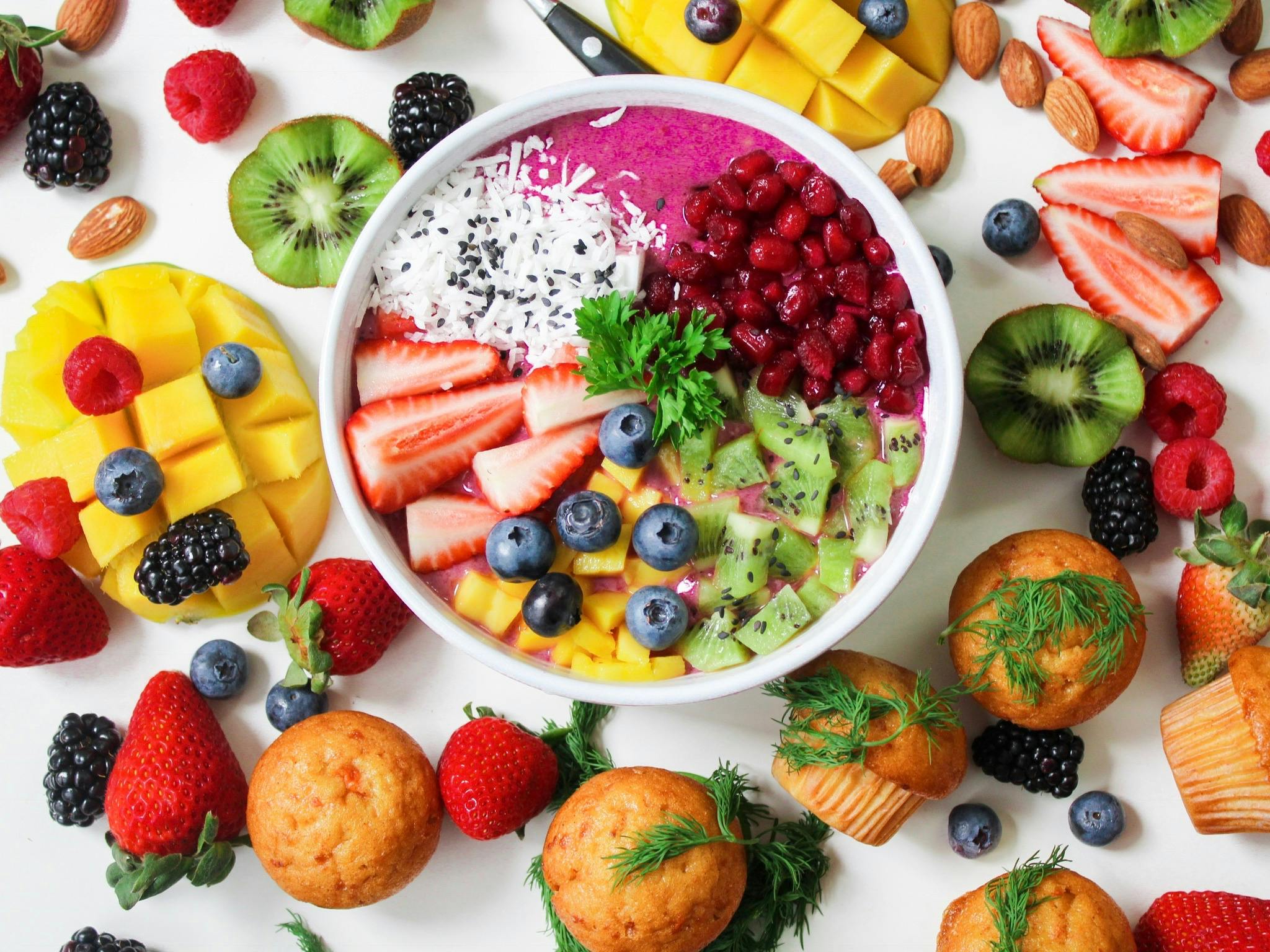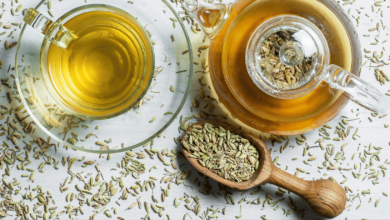Healthy Diets, Workouts, and Lifestyle Changes to Adopt in the New Year
The start of a new year is often seen as a fresh opportunity for self-improvement. Many people look to make resolutions to improve their health, adopt healthier diets, commit to regular workouts, and make lifestyle changes to create a more balanced and fulfilling life. By incorporating healthy diets, individuals can nourish their bodies, increase energy levels, and support overall well-being. While the idea of overhauling your entire life might seem daunting, adopting small but significant changes to your diet can lead to long-lasting and positive results. In this article, we’ll explore how you can take steps toward a healthier lifestyle in the new year, focusing on nutrition, physical activity, healthy diets, and mindful living.
1. The Foundation of Healthy Eating: A Balanced Diet

A healthy diets is essential for maintaining energy, preventing chronic diseases, and promoting overall well-being. The foods we consume have a direct impact on our physical and mental health, and the new year provides an excellent opportunity to reevaluate and improve your eating habits.
1.1 Incorporating Whole Foods
Whole foods are minimally processed foods that are closer to their natural form and are an essential part of healthy diets. These include fruits, vegetables, whole grains, lean proteins, and healthy fats. When you incorporate more whole foods into your healthy diet, you’re providing your body with the nutrients it needs without unnecessary additives or refined ingredients. Whole foods are often rich in fiber, antioxidants, and essential vitamins and minerals that support immune function, brain health, and digestive health. A diet rich in whole foods is key to maintaining overall well-being and preventing chronic diseases.
Examples of whole foods to include:
- Fruits and Vegetables: Aim to fill half your plate with colorful fruits and vegetables. Different colors often indicate a variety of nutrients, so eating a rainbow of produce can help ensure you’re getting a broad spectrum of nutrients.
- Whole Grains: Choose whole grains such as quinoa, brown rice, oats, and whole wheat over refined grains. These foods are rich in fiber, which supports digestive health and helps regulate blood sugar levels.
- Lean Proteins: Incorporate lean proteins such as chicken, turkey, fish, beans, and legumes. Protein is essential for muscle repair and growth, and it helps maintain a feeling of fullness throughout the day.
- Healthy Fats: Include sources of healthy fats, such as avocados, nuts, seeds, and olive oil. Healthy fats play a crucial role in brain health, hormone regulation, and overall vitality.
1.2 Meal Planning and Portion Control
One of the keys to maintaining a healthy diets is proper meal planning. By planning your meals ahead of time, you can avoid the temptation of unhealthy options and ensure that you’re getting the right balance of nutrients. Portion control also plays an important role in maintaining a healthy weight and preventing overeating.
Tips for meal planning and portion control:
- Plan your meals for the week ahead, including snacks. Having a structured plan will make it easier to stick to healthy choices.
- Use smaller plates to naturally help control portion sizes.
- Be mindful of serving sizes, especially when dining out or eating packaged foods. Often, serving sizes can be much larger than you need.
1.3 Reducing Processed Foods and Sugar

Processed foods, which are often high in added sugars, unhealthy fats, and artificial ingredients, can have a detrimental impact on health. High consumption of sugar is associated with increased risk of obesity, diabetes, heart disease, and other chronic conditions. Reducing your intake of sugary foods, such as sodas, candies, and pastries, is a crucial step toward improving your healthy diets. By replacing these processed options with whole, nutrient-dense foods, you can better support your overall health, manage weight, and reduce the risk of chronic diseases. A healthy diets focused on natural, minimally processed foods is key to achieving long-term wellness.
How to reduce sugar and processed foods?
- Read food labels carefully and be wary of hidden sugars in seemingly healthy foods like granola bars, flavored yogurts, and salad dressings.
- Choose natural sweeteners, like honey, maple syrup, or stevia, in moderation.
- Make your own snacks at home using whole ingredients to control the amount of sugar and fats.
1.4 Hydration: The Power of Water
Drinking adequate water is one of the simplest but most important changes you can make for your health. Water is essential for nearly every function in the body, from digestion to temperature regulation. Staying hydrated can also improve your skin, energy levels, and mental clarity.
Tips for staying hydrated:
- Aim to drink at least 8 glasses (64 oz) of water a day, though individual needs may vary.
- Keep a water bottle with you throughout the day to make it easier to drink consistently.
- If you find plain water boring, infuse it with fruits or herbs like cucumber, mint, or lemon for a refreshing twist.
Foods to Buy

Healthy Fats
- Extra-virgin olive oil: A great source of monounsaturated fats, antioxidants, and anti-inflammatory properties. Use it in cooking or as a salad dressing.
- Almonds: Rich in healthy fats, fiber, and protein, these nuts are great for snacking or adding to salads and smoothies.
- Walnuts: High in omega-3 fatty acids, antioxidants, and protein, walnuts are excellent for heart health.
- Flaxseeds: Full of omega-3 fatty acids, fiber, and antioxidants, flaxseeds help with digestion and heart health.
- Chia seeds: Packed with omega-3s, fiber, and protein, chia seeds help with weight management and digestion.
Fruits
- Fresh fruits: Choose a variety of seasonal fruits such as:
- Blueberries: Rich in antioxidants and vitamin C.
- Strawberries: High in vitamin C and low in calories.
- Figs: Provide fiber, potassium, and antioxidants.
- Peaches: High in vitamins A and C, potassium, and fiber.
- Mangoes: Full of vitamin C, fiber, and antioxidants.
- Pears: A great source of fiber, vitamin C, and potassium.
- Apples: High in fiber and vitamin C, apples promote digestive health.
Vegetables
- Fresh vegetables: Choose a variety of colorful veggies such as:
- Spinach: Rich in iron, fiber, and vitamins A, C, and K.
- Kale: High in fiber, antioxidants, and vitamin K.
- Arugula: A great source of vitamins A, C, and K, plus folate.
- Artichokes: High in fiber, antioxidants, and vitamin C.
- Eggplants: Rich in fiber, antioxidants, and minerals.
- Zucchini: Low in calories, high in vitamin C, and a good source of antioxidants.
- Sweet potatoes: A great source of beta-carotene, fiber, and potassium.
- Brussels sprouts: Packed with fiber, vitamin C, and antioxidants.
- Celery: Hydrating and full of fiber and vitamins.
- Onions: High in antioxidants and can support heart health.
- Carrots: Rich in beta-carotene, fiber, and vitamins.
Whole Grains
- Quinoa: A nutrient-dense, gluten-free grain rich in protein, fiber, and essential amino acids.
- Rolled oats: Full of soluble fiber, which helps lower cholesterol and regulate blood sugar.
- Farro: An ancient whole grain high in fiber, iron, and magnesium.
Legumes and Beans
- Chickpeas: High in protein, fiber, and essential minerals, chickpeas are versatile and can be used in salads, soups, or hummus.
- Lentils: Full of protein, fiber, and iron, lentils are a great meat alternative in soups and stews.
Proteins
- Chicken breasts: Lean and high in protein, chicken breasts are a healthy choice for muscle repair and growth.
- Ground turkey: A lean protein source that’s lower in fat than other meats.
- Salmon: Rich in omega-3 fatty acids and protein, salmon supports heart and brain health.
- Tuna: A good source of lean protein and omega-3s.
- Eggs: Packed with protein, vitamins, and minerals. Opt for free-range or organic eggs when possible.
Dairy Alternatives
- Plant-based milk (such as almond milk or oat milk): A dairy-free alternative rich in vitamins and often fortified with calcium and vitamin D.
- Greek yogurt: A protein-rich dairy product with probiotics that support gut health.
Herbs and Spices
- Fresh or dried herbs: Stock up on herbs like basil, oregano, rosemary, thyme, and garlic, which can add flavor without extra calories or sodium.
Read More:
- Weight Loss: The Best Strategies to Achieve That and Tips for a Healthy Life
- Lifestyle: Understanding the Importance of Mental Health Awareness
- What Are the Good Effects of Walking?
Foods to Avoid

Processed and Unhealthy Foods
- Red meat: While lean cuts of red meat can be part of a healthy diet in moderation, it’s best to limit processed and fatty cuts due to their link to heart disease and cancer.
- Sweets: High in added sugars and empty calories, sweets such as candies, cakes, and pastries can contribute to weight gain and increase the risk of chronic diseases.
- Processed foods: Foods like chips, frozen meals, and packaged snacks are often loaded with unhealthy fats, salt, and preservatives, offering little nutritional value.
- Alcohol: Excessive alcohol consumption can negatively impact liver health, contribute to weight gain, and impair sleep.
- Butter: High in saturated fats, butter should be replaced with healthier fat options like olive oil or avocado.
- Whole-fat dairy: Full-fat milk, cheese, and cream can be high in saturated fat, which may raise cholesterol levels.
- Sugary drinks: Sodas, energy drinks, and fruit juices are packed with added sugars and provide little to no nutritional benefit. Opt for water, herbal teas, or sparkling water instead.
Sample Meal Plan
Breakfast
- Steel-cut oats with fresh berries and ground flaxseed
- Whole-grain toast with nut butter and a smoothie
- Greek yogurt topped with fruit and walnuts
- Egg white omelet with fresh, seasonal veggies
Lunch
- Bulgur salad, like lemon and herb tabbouleh or charred broccoli tabbouleh
- Whole-grain pasta salad with fresh veggies
- Roasted portobello sandwich with a cup of hearty veggie soup
- Toasted quinoa and salmon salad
Dinner
- Salmon with mango salsa
- Cod with lentils
- Lean, roasted chicken over cannellini beans
- Savory chickpea and spinach pancakes for dinner
- Black bean burger on whole-grain bun served with roasted beets
- Heart-healthy pizza
Sides
- Sesame cucumber salad
- Fennel, orange, and mint salad (or drizzle mixed greens with Mediterranean dressing)
Snacks
- Handful of nuts and seeds (low salt or no salt added)
- Fresh fruit, ideally local and in-season
- Nonfat Greek yogurt and/or small piece of dark chocolate (at least 70% cacao)
- Whole-grain crackers with hummus
- Raw veggies with nonfat Greek yogurt dip
2. Effective Workouts: Moving Towards a Healthier Body

Exercise is an essential component of a healthy lifestyle. Regular physical activity supports cardiovascular health, boosts mood, strengthens muscles, and helps maintain a healthy weight. The new year is a great time to commit to regular exercise and explore new workout routines that align with your fitness goals.
2.1 Finding the Right Type of Exercise
There is no one-size-fits-all approach to exercise, as different types of workouts offer various benefits. The key is to find activities you enjoy and that are sustainable in the long run. A mix of cardiovascular exercises, strength training, and flexibility exercises can help create a well-rounded fitness regimen.
Types of workouts to consider:
- Cardiovascular Exercise: Cardio activities like running, swimming, cycling, or dancing elevate your heart rate and improve cardiovascular health. These exercises are great for burning calories and improving stamina.
- Strength Training: Strength training builds muscle mass, boosts metabolism, and strengthens bones. This can include using free weights, resistance bands, or bodyweight exercises like squats, lunges, and push-ups.
- Yoga and Pilates: These exercises focus on flexibility, balance, and core strength. They also promote relaxation and mental well-being by reducing stress and enhancing mindfulness.
- High-Intensity Interval Training (HIIT): HIIT is a popular workout method that alternates between short bursts of intense activity and periods of rest. HIIT can be effective for burning fat, improving endurance, and increasing metabolism.
2.2 Creating a Balanced Workout Plan
A well-rounded workout plan incorporates a variety of exercises to target different aspects of fitness. Balance cardiovascular work with strength training and flexibility exercises to ensure a comprehensive fitness routine.
Sample weekly workout plan:
- Monday: Cardio (30 minutes of running or cycling)
- Tuesday: Strength training (full-body workout focusing on major muscle groups)
- Wednesday: Yoga or Pilates (30-45 minutes for flexibility and relaxation)
- Thursday: Cardio (30 minutes of swimming or dancing)
- Friday: Strength training (focus on core and upper body)
- Saturday: HIIT (20-30 minutes)
- Sunday: Rest or active recovery (light walking or stretching)
2.3 Staying Motivated
Staying motivated to exercise consistently can be a challenge, but setting achievable goals and tracking progress can help you stay on track. Whether your goal is to increase strength, improve endurance, or reduce stress, celebrating small victories along the way will boost your confidence and drive.
Tips to stay motivated:
- Set realistic, measurable goals (e.g., run 5 miles by the end of the month or increase weight lifted by 10%).
- Find a workout buddy or join a fitness community to hold you accountable.
- Change up your routine regularly to keep things interesting and prevent burnout.
3. Lifestyle Changes: Mindful Living and Stress Management

Adopting a healthier lifestyle goes beyond diet and exercise. The new year is a perfect time to make changes that support your mental health, improve sleep, and enhance your overall quality of life. Lifestyle changes that promote balance, relaxation, and self-care are key to achieving long-term well-being.
3.1 Prioritizing Sleep
Sleep is a cornerstone of health. Poor sleep is linked to a range of health issues, including weight gain, weakened immune function, and increased stress. Aiming for 7-9 hours of quality sleep each night can improve mood, enhance cognitive function, and support physical recovery after exercise.
Tips for improving sleep:
- Establish a regular sleep schedule, going to bed and waking up at the same time every day.
- Create a calming bedtime routine to signal to your body that it’s time to wind down (e.g., reading, gentle stretching, or listening to soothing music).
- Limit exposure to screens (phones, laptops, TVs) before bed, as blue light can interfere with melatonin production.
3.2 Stress Management
Chronic stress can have a negative impact on both physical and mental health. In the new year, adopting strategies to manage stress can help you maintain a sense of calm and improve overall well-being.
Effective stress management techniques:
- Mindfulness and Meditation: Taking a few minutes each day to practice mindfulness or meditate can help reduce stress and improve focus.
- Breathing Exercises: Deep breathing exercises, such as diaphragmatic breathing or box breathing, can activate the parasympathetic nervous system, helping you relax and lower stress levels.
- Time Management: Organizing your tasks and setting boundaries can prevent feelings of overwhelm and help you manage your responsibilities more effectively.
3.3 Social Connections and Mental Health
Social relationships play a vital role in mental health and overall happiness. Cultivating strong connections with family, friends, and loved ones can provide emotional support, reduce stress, and contribute to a greater sense of well-being.
Ways to improve social well-being:
- Build Meaningful Relationships: Take time to nurture relationships with those who uplift and support you.
- Practice Gratitude: Regularly practicing gratitude by reflecting on the positive aspects of your life can improve your outlook and reduce stress.
- Volunteer or Help Others: Acts of kindness, such as volunteering or helping others, can foster a sense of purpose and enhance emotional fulfillment.
A Holistic Approach to Health in the New Year
As we step into the new year, adopting a healthy diets, committing to regular physical activity, and making mindful lifestyle changes can set the foundation for long-term well-being. Rather than striving for perfection, focus on making sustainable improvements that you can maintain throughout the year. Remember, the journey to better health is about progress, not perfection. Small, consistent steps toward a balanced life, including a healthy diets, will yield the greatest rewards.
By prioritizing whole foods, staying active, managing stress, and focusing on quality sleep and mental well-being, you’re investing in your future self. A healthy diets that includes nutrient-dense foods will not only support your physical health but also improve your energy levels, mood, and overall vitality. Make this year the year you embrace a healthier, more balanced lifestyle, and enjoy the benefits that come with it.










